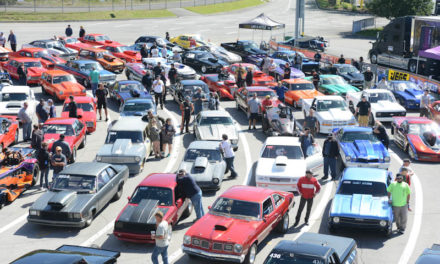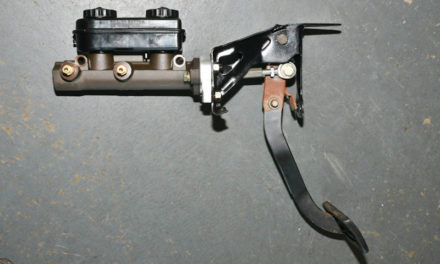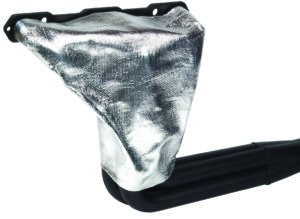
Risking It

Last week, like many others, I witnessed the devastating incident that left a 24 year old professional athlete on the field and in need of resuscitation. Thankfully, the training staff and medical professionals on the field and at the hospital were properly trained and able to perform under the pressure of knowing a man’s life hung in the balance. Due to their efforts, Damar Hamlin got to wake up a few days later and appears at this point that he is on his way to recovery. Whether he ever plays football again is still up for debate, but just the fact that he survived is a miracle in itself.
After Damar was taken to the hospital, both teams were obviously shaken and the NFL and coaches and referees all got together to suspend the game for the night. I agreed it was the right decision as nobody looked like they wanted to play anymore that night. One of the former player analysts said it best when he mentioned the big hits, broken bones and other times he was carted off the field, but that this was noticeably different. He had never seen anything like this ever happen on a football field.
Discussing with my wife the next day she seemed a bit surprised that they called off the game. While she understood the gravity of the situation, she just assumed the players understood the risks of their profession. I countered that they understand they could get carted off the field at some point, but they have never seen CPR being performed on a teammate. This conversation got me thinking about drag racing and what we would do. While not a direct comparison as ours is not a team sport, many of us are family and have close friends that we race with that are considered family. I know it would be situationally dependent, but most events would not make the same call. Sure, if we thought it was due to poor late night track conditions we might call it for the night, but the event would most likely go on the following day.
I say this confidently because I have been unfortunate enough to be at three events that I remember someone passing due to an on track incident and the race went on; Blaine Johnson at Indy in 1996, Ian Landies at Cecil County in 2000 and Scott Kalitta at Englishtown in 2008. Each situation was unique, but the event moved on in each case nonetheless. I don’t think it was the wrong move by the event coordinators in any of these circumstances, but when compared to the NFL situation, why is drag racing different?
It comes down to risks. Every time we pull into the water box it is potentially our last time. Things can happen fast whether to our car or our opponents’ which can have catastrophic consequences. Drag racing can be dangerous. At some point, almost everyone who races will have or know someone close who has been involved in a drag racing accident. Whether every driver understands these risks is debatable, but they remain and are why we have to sign those liability waivers that (almost) no one reads. So it’s not that we are stronger or manlier than NFL players, its that accidents are considered part of the game like broken bones and knee injuries are expected in the NFL. Nobody wants to see either situation, but it happens.
Although we will never be able to eliminate the risk entirely, we can all do things to try to minimize them. Make sure your equipment is safe by checking welds, bolts and suspension parts. Wear all your safety equipment in the correct manner. That means tightening belts and wearing the appropriate level of SFI certified pants in dragsters. You never know when your life will depend on it. Remember, every rule was made due to an issue that has happened. The safety equipment that has come out has made our sport safer than ever and allowed so many to walk away from devasting accidents. The off season is a wonderful time to go over your vehicles and prepare for the upcoming season. With a bit of luck, we can all have another safe season enjoying our time at the track. -Franklin DiBartolomeo






